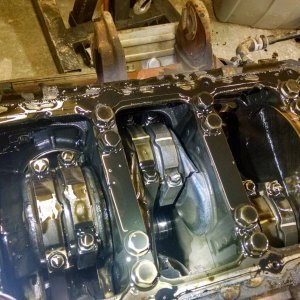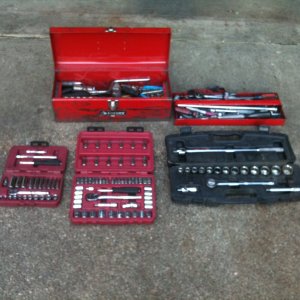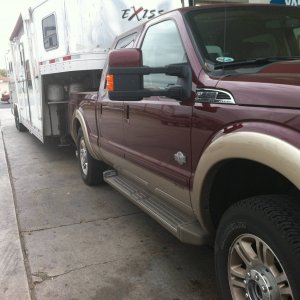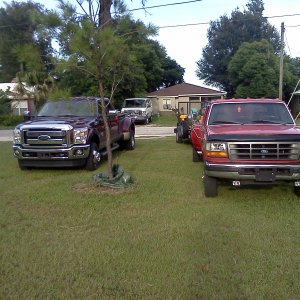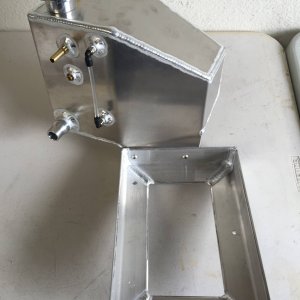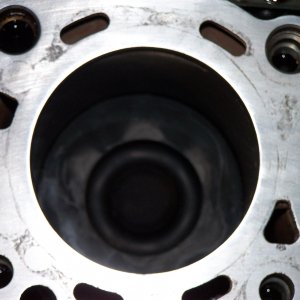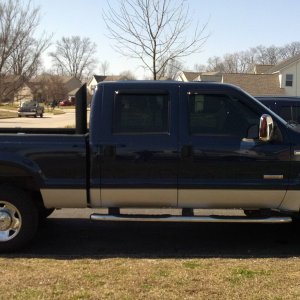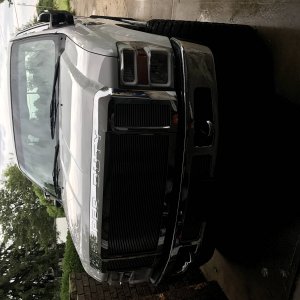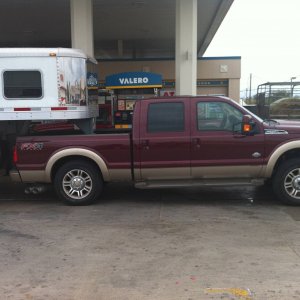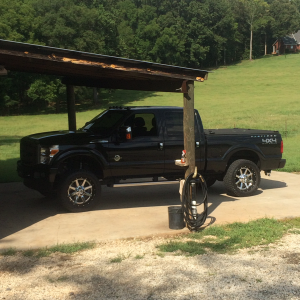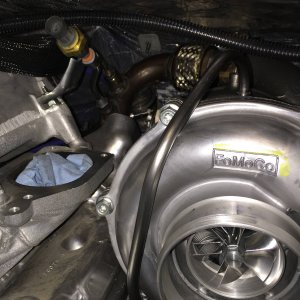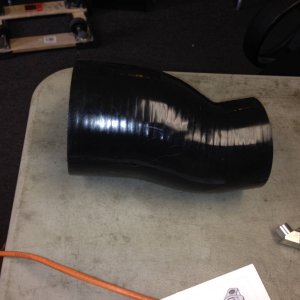As before without any real numbers showing what is really happening at the rear of the heads we are all just making assumptions.
I may be making assumptions, but they are safe ones. It's pretty simple...if you are measuring pressure at the test port in the bowl, you are measuring SUPPLY PRESSURE BEFORE THE FILTER. This will be the point of highest pressure in the system. You will have pressure drop across the filter and between the tubing, banjos and injectors, you will have more pressure drop by the time the fuel reaches the end of the rail. If you have pressure drop on your fuel pressure gauge at the test port, you have even more pressure drop at the end of the rail. There is no escaping this, there can't be more pressure in the rail than you have in the bowl.
One would expect to see a PSI drop when using a FP gauge at the fuel bowl on WOT runs. Since the OEM pump already provides enough flow and pressure what are you really seeing with the PSI drop??
You are seeing a stock pressure regulator setup that can't properly manage pressure. As I said in my previous post, you are working under the assumption that the poppet seals perfectly and doesn't leak. My early fuel system left the poppet in place and the cover over the side of the bowl just pressed it tightly into the bore so it couldn't move...and we still had trucks that had problems with pressure at WOT...why? When we removed the poppet and changed the side cover to seal off the poppet port and the pressure stayed up, what changed? The answer is simple, fuel was leaking from around the poppet and reducing pressure...it was an uncontrollable drain on the system. This is why I call the "blue spring" kit a "bandaid"...because we've actually forced the poppet to be unmovable and pressed tightly against the filter bowl body and still had problems with pressure.
You addressed the OEM pump on a good day can support demands up to 190 injectors. So why would OEM injectors "starve"?? No one has the rear head PSI numbers to show what happens. We take the info from one spot and think it is gospel.
See my first comments above...if there is a pressure drop at the bowl, there is a larger pressure drop at the injectors. If the bowl is at 65psi at idle and drops to 62psi under WOT, not a problem...you've probably got good pressure at the injectors (unless there is some significant restriction like stock banjos with checkvalves in system). If it drops to 40psi, that's a different story. Where is the pressure going and why isn't it staying up...especially if you've got stock injectors. 10 to 1 it's leaking around the poppet and going back to the tank.
Without using a larger volume pump you cannot increase pressure inside a larger line. If I hook up a garden hose to my house faucet I get decent pressure. Hook up a fire hose to my house I get the same volume but MUCH less pressure. Increasing volume out of the house connection will only help increase the fire hose pressure.
Almost correct...you only need a larger volume pump to have more pressure in a larger line IF the current pump isn't already large enough. Keep in mind that we are not dealing with pressure from a fixed orifice, we have a regulator that adjusts to changes in pressure. If you make the line smaller and the pressure goes up, the regulator opens to reduce it. If you increase the line size and the pressure goes down, the regulator closes to try to bring the pressure back up. Fortunately we're not talking about the difference between a garden and fire hose here, the difference is significant but not so comically extreme. It's plainly obvious that the stock pump is more than adequate when I can put larger lines on the system and HOLD a higher than stock pressure with no pressure drop AFTER ALL OF THE DEMAND has been accounted for (even with larger than stock injectors)....just by blocking the stock return port on the bowl and using a quality fuel pressure regulator that is located AFTER all of the pressure drop and demand in the system.

